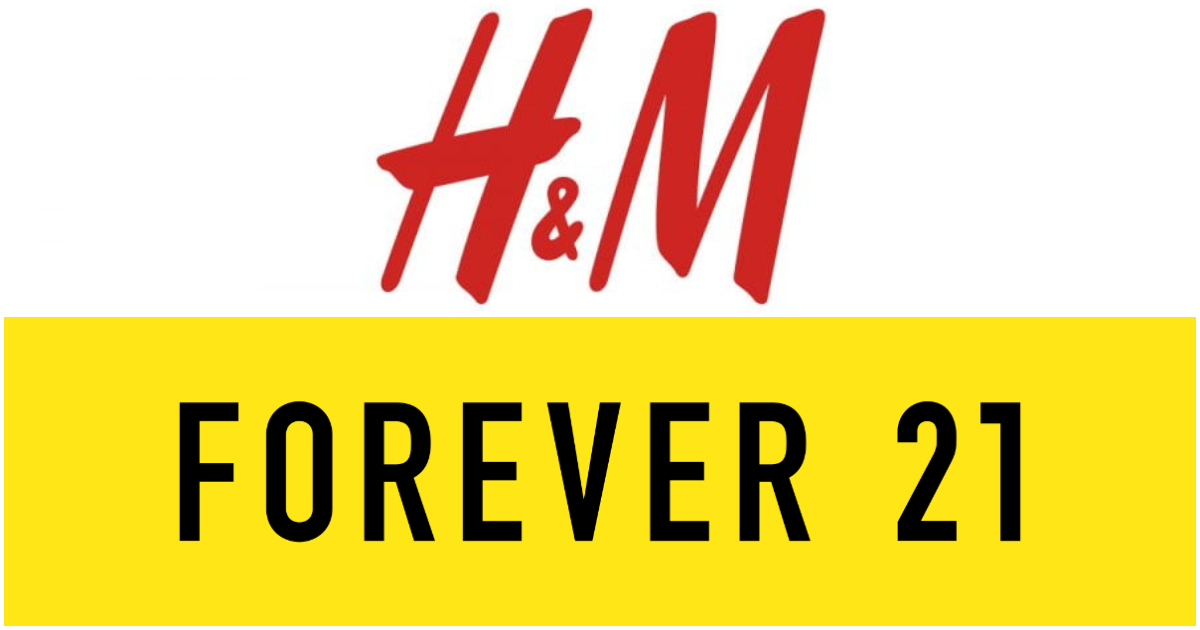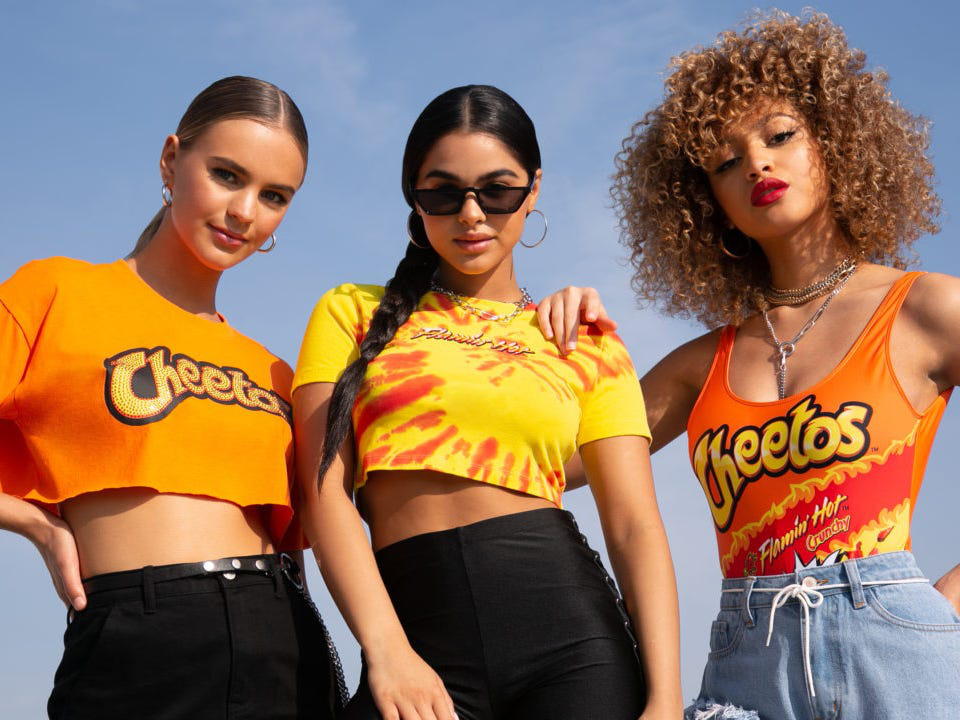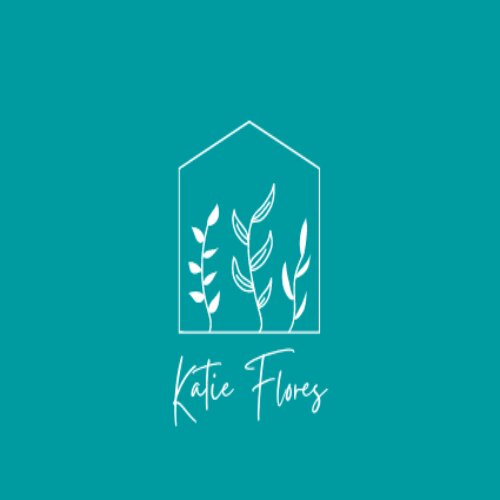Make A Comprehensive Comparison Of Forever 21 Vs H&M

The fast fashion industry moves quickly, partly due to technological advancements and partly due to the changing mindsets of its target clients, Generation Z. H&M and Forever 21 are just two of the many well-known fast-fashion retailers in the United States and elsewhere. Many buyers are curious about the quality, manufacturing process, and price differences between these companies. As a result, this article will highlight some of the similarities and contrasts between H&M and Forever 21, allowing you to better appreciate their respective businesses.
Overall Background Of H&M
H&M is a Swedish retailer that has increasingly developed in the fast-fashion industry for many years and has an enormous influence on the world’s fashion industry. It is considered the second-largest fast-fashion retailer in the world. H&M distinguishes itself from its competition by cooperating with high-fashion designers. These high-profile collaborations also contribute to the brand's increased recognition. H&M offers clothing for men, women, and children, as well as homewares for the kitchen, living room, and bedroom. H&M has added new brands to their lineup, including Monki, Cheap Monday, COS, and others.
Overall Background Of Forever 21
Forever 21 is a fast-fashion retailer based in Los Angeles, California, United States. Forever 21 is noted for its contemporary and trendy items at low prices, and it is the embodiment of the fast fashion industry's quick growth. Accessories, beauty products, household goods, and apparel for women, men, and children are all sold by the brand. The brand continues to reinforce its position as today's chosen destination for the fashionable customer by pursuing innovation across e-commerce and digital to improve access and convenience. Forever 21 has over 540 stores throughout the world, as well as an online store.
H&M Vs Forever 21: Manufacturing And Designing Process
H&M
- 200-plus-strong designs team at home in Sweden
- Production is outsourced to vendors in Europe and Asia.
- ⅔ H&M products are made in Asia
- The top three countries from which H&M sources its items are China, Bangladesh, and India.
- In some of their products, the H&M Group uses recycled cotton, polyester, nylon, wool, cashmere, plastic, silver, and down.
- H&M remains a major player in the unsustainable fast fashion sector.
- H&M now has 3,500 locations in 57 countries across the world. This expansion was a huge success, with non-European markets accounting for 95 percent of the company's total sales.
Forever 21
- Forever 21 is a much smaller operation than its quick fashion competitors, with only 610 sites. Africa, the Americas, Europe, and Asia/Oceania have all seen the opening of Forever 21 stores.
- Up to 30% of the store's merchandise is still created in the state of California.
- In several of its establishments, Forever 21 gives 100 percent recyclable and reusable plastic and paper bags.
- Forever 21 is currently working on clothing collections that are made from environmentally friendly materials.

H&M Vs Forever 21: Styles And Designs
While Forever 21 focuses its market on younger teenagers who own the flamboyant and trendy style, H&M offers a variety of designs for those who don’t follow the trend. That is the fashion suitable for many different situations. H&M also has clothing that, while not particularly fashionable, will most likely last much longer than the Forever 21 offerings.
Although Forever 21 focuses on the market of China as well, they failed to attract Chinese customers. It failed to thoroughly research the tastes of Chinese buyers. Its designs are popular in the United States, but Chinese young women are uncomfortable with the mini-skirts and bare-shouldered shirts. Furthermore, there are many other younger fast-fashion retailers in China, such as Shein, that draw a big number of fans for their designs, quality, and costs.
H&M Vs Forever 21: Why It Is So Cheap?
Moreover, they also manufacture their products in China that has a source of cheap labor and factories. According to a survey, about 97% of the products are manufactured in developing or undeveloped countries and regions such as Bangladesh, India, Nepal, and Southern China. Besides, they don’t focus so much on the private designs and quality of the products. For example, you can buy an item from Zara at a bit higher price, but the quality is sure to be better than both H&M and Forever. So, not all fast-fashion stores only focus on quantity without enhancing the quality.

Related Articles:
>> Guide You To Check Costco Executive Membership Rewards Online
>> Side By Side Comparison Of Storenvy Vs Etsy: E-commerce Platform
>> Everything To Know About Bloomingdales Credit Card| Apply For A Bloomingdales Credit Card
H&M Vs Forever 21: Key Similarities And Differences
|
Similarities |
Differences |
|
|
H&M |
Forever 21 |
|
|
|






